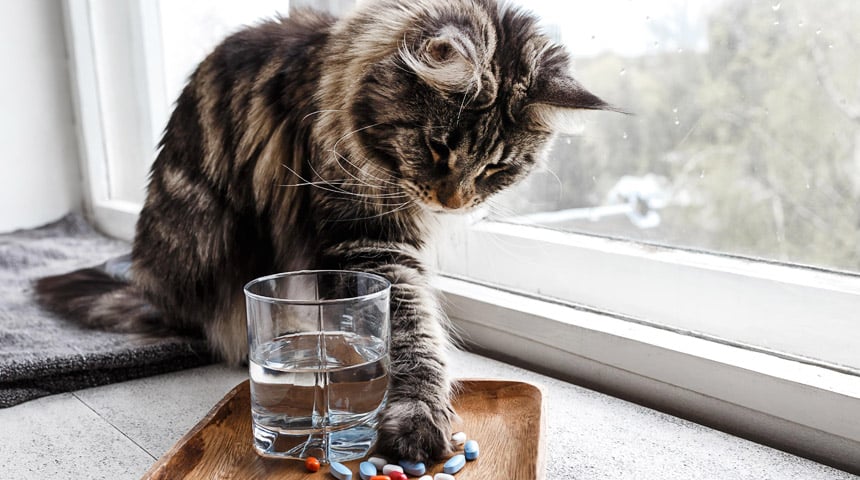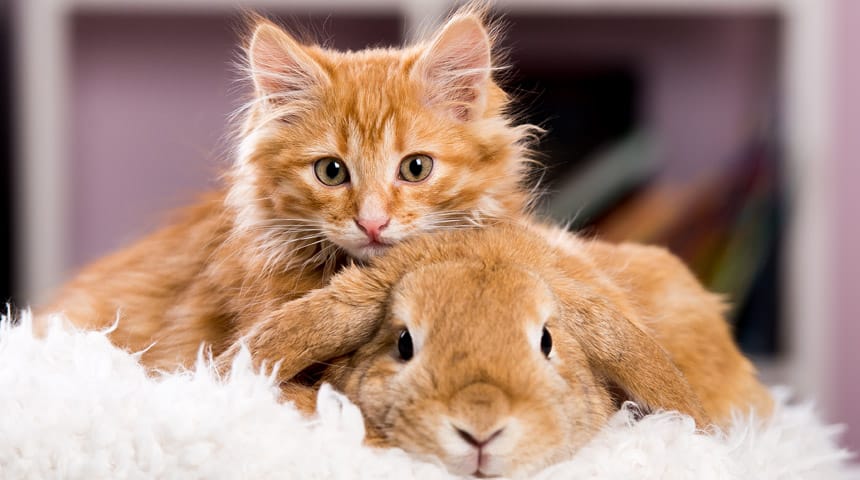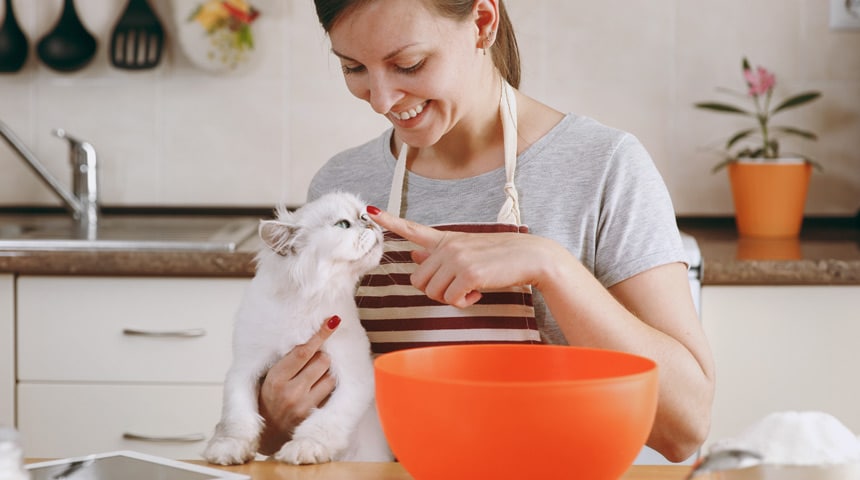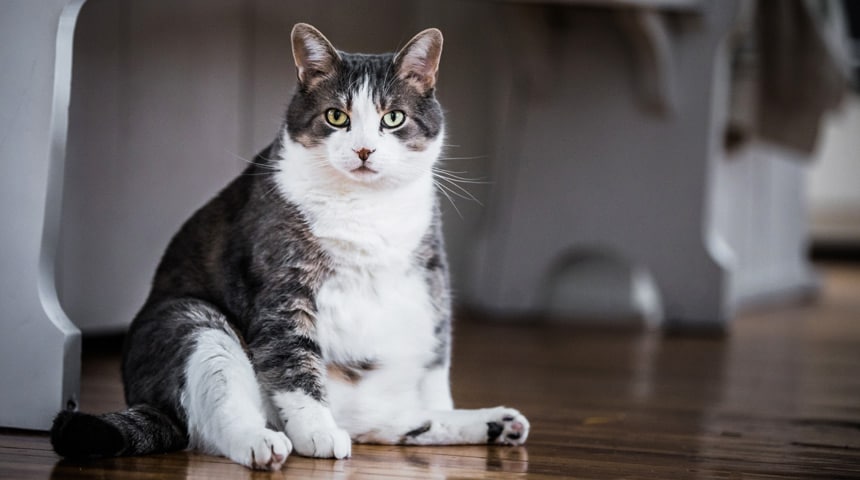Kitty comes back from the vet and needs to receive medication? You start administering the medication and everything goes well after a few days! You may be tempted to stop the treatment because pill time turns into rodeo time with Kitty… Bad idea!
Studies have shown that a certain percentage of people do not follow the prescribed dosage and/or duration of treatment.
Here are a few mistakes observed over time:
- Giving a double dose to make up a skipped dose
- Giving a double dose in the morning instead of the normal dose morning and evening
- Modify the dosage of a given product in decreasing doses
If your vet has taken the time to prepare a treatment plan, it is important to follow it! This plan takes into account the issue targeted and how long the product will be effective. Failure to follow the treatment plan properly can lead to poor results, adverse reactions and dissatisfaction with veterinary care…
If Kitty is very resistant to the pills, don't hide them in her food; she will most likely detect them. Not only will she not take them, but she may become suspicious of her food later on. You'll then have two issues to deal with!
There are alternative solutions:
- Specially made treats to hide pills in
- Pill launcher
- Some medications are available in injection form
Make sure you understand Kitty's illness. Don't hesitate to ask questions if you don't understand why some of the medications have been prescribed. Ask for a treatment demonstration if necessary. Tell your veterinarian if you cannot keep to the dosing schedule. The treatment's success depends on it. It also prevents antibiotic resistance (when an antibiotic is involved). Keeping a treatment log can also be useful if several members of the household are involved in administering the medication.
However, tell your veterinarian if the medication seems to be poorly tolerated by your cat.
With proper management, Kitty will have every chance to get better!









